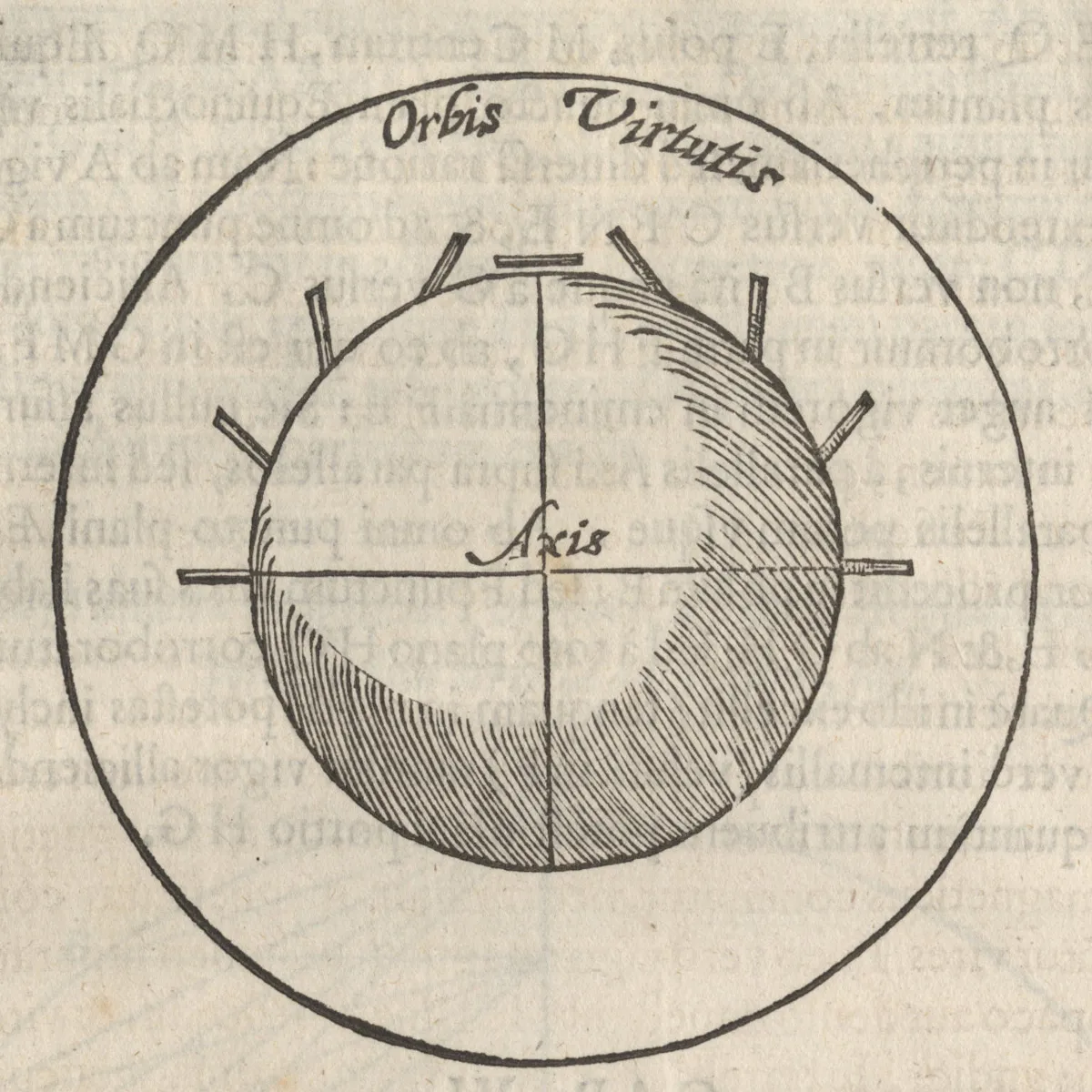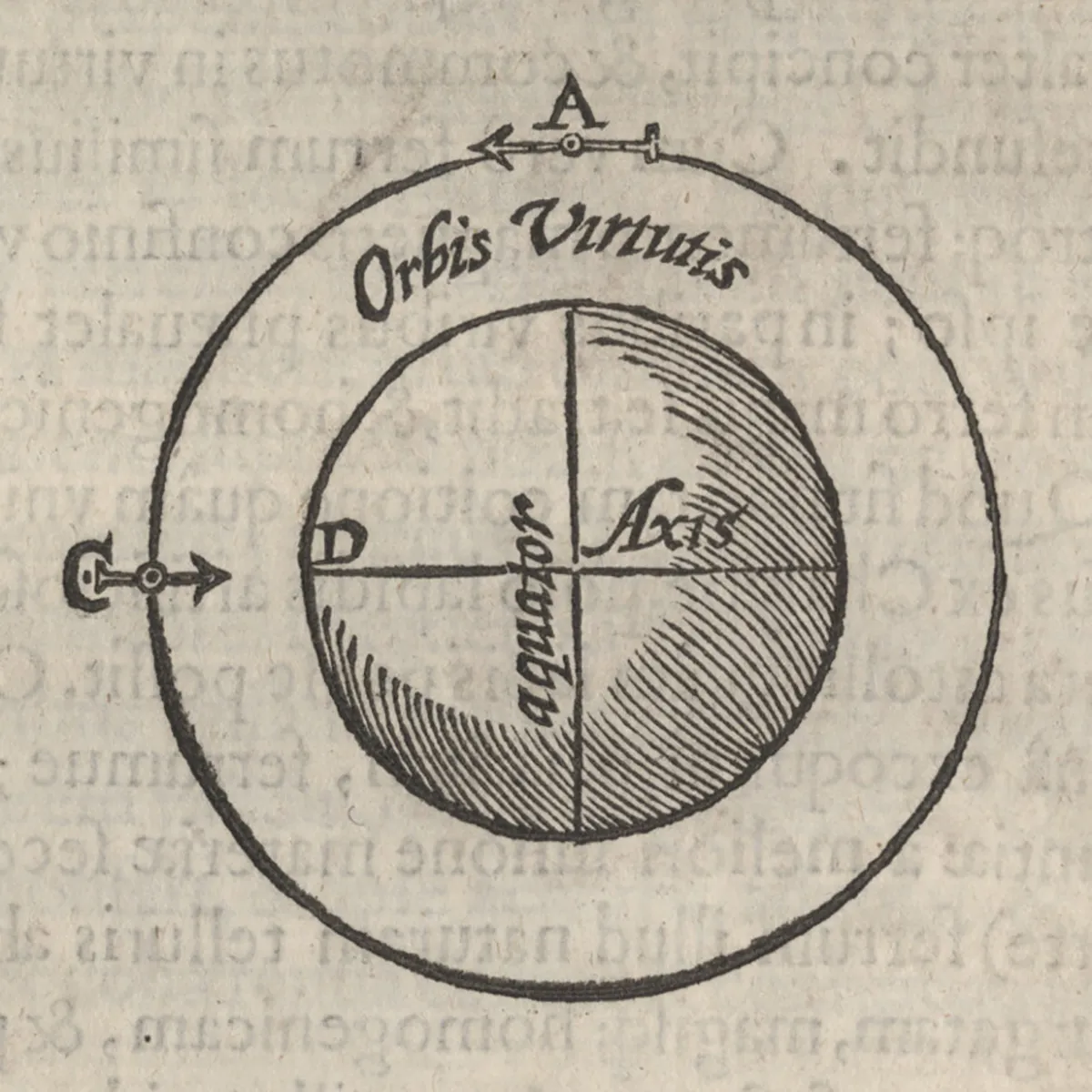Whilst it is now commonly known that magnetism is a fundamental physical force of the universe, knowledge of exactly how we know this is and indeed how it can be proven is still, hundreds of years later, very much the domain of the few. Certainly, it is one of those facts that when pondered can have the effect of rapidly stupefying the mind.
Thus, it is truly remarkable that in 1600, a time when helmsman were forbidden from eating garlic because it was believed to destroy magnetism, William Gilbert, armed with merely the odd northward attraction of a magnetic needle, deduced that the earth itself was one giant magnet.
How Gilbert managed this is best summed up by the dedication in his seminal scientific text, De Magnete, to those who seek knowledge 'not only in books but in things themselves'.
Having observed that the magnetic axis was very similar in position to the earth's axis, Gilbert constructed his terrella or 'little earth', a magnetised sphere around which he passed a compass showing (as illustrated in the images) that it always pointed north-south and dipped towards the earth's axis, just like a compass did in general use!


We’re upgrading our contact centre to make it quicker and easier for you to speak to the right member of our team.
From Thursday, 30 to Friday, 31 October, our phone lines will be temporarily unavailable while we upgrade our systems. For any urgent enquiries during this time, please email membership@theiet.org and we’ll get back to you as soon as possible.
From Monday, 3 November, we’re moving to one central phone number for all enquiries. This change will make it easier to reach the right team quickly and improve your experience.
Thank you for your patience as we improve how we connect with you.
